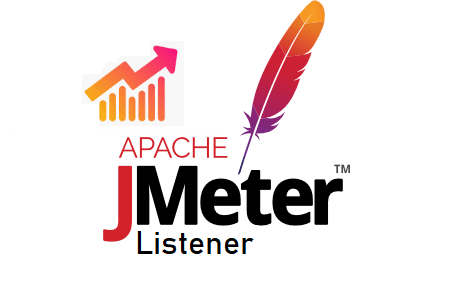
JMeter – Listener
As the name implies, the term “Listener” refers to a person whose job it is to listen to or maintain focus on what is happening. Listeners are important in JMeter. These are the only elements that serve the specialized function of tracing the request and response before displaying the result in text, tree, graph, and table format. Essentially, JMeter listeners like ‘View Result Tree help with script development. With the View Result Tree listener, you can:
- Use the response data to determine the dynamic values.
- Check the accuracy of the parameter.
- Review the statement.
- Check the flow after applying a condition.
In addition to “View Result Tree”, the other listeners display result information and help discover bottlenecks. While JMeter is not the best tool for parsing performance test results, you can still use these listeners or the JMeter HTML report. In this case, I can confidently recommend JMeter’s HTML report via Listener.
Potential Listener parent element(s)
The following elements allow you to add a listener:
- Test Plan
- Thread Group
- Test Fragment
- Sampler
- Logic Controller
- Non-Test Element
Child Element(s)
Any element cannot be added below a listener element. As a result, it lacks any child elements.
List of JMeter’s accessible Listeners
- Aggregate Graph
- Aggregate Report
- Assertion Results
- Backend Listener
- BeanShell Listener
- Comparison Assertion Visualizer
- Generate Summary Results
- Graph Results
- JSR223 Listener
- Mailer Visualizer
- Response Time Graph
- Save Responses to a file
- Simple Data Writer
- Summary Report
- View Results in Table
- View Results Tree

